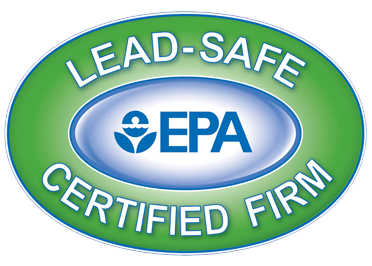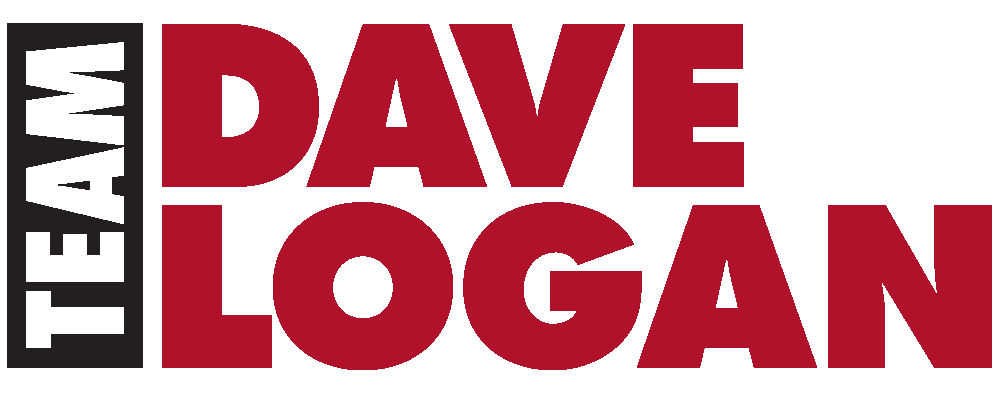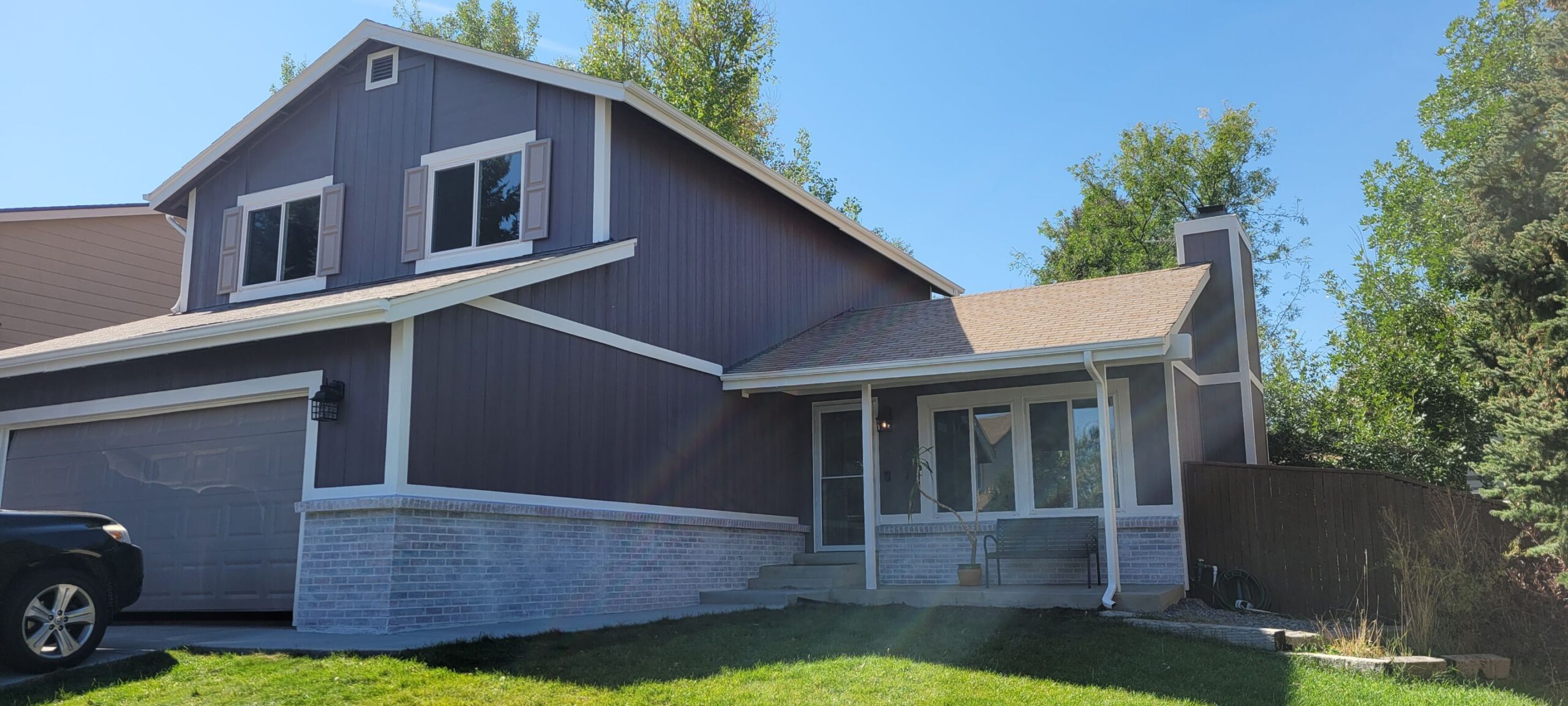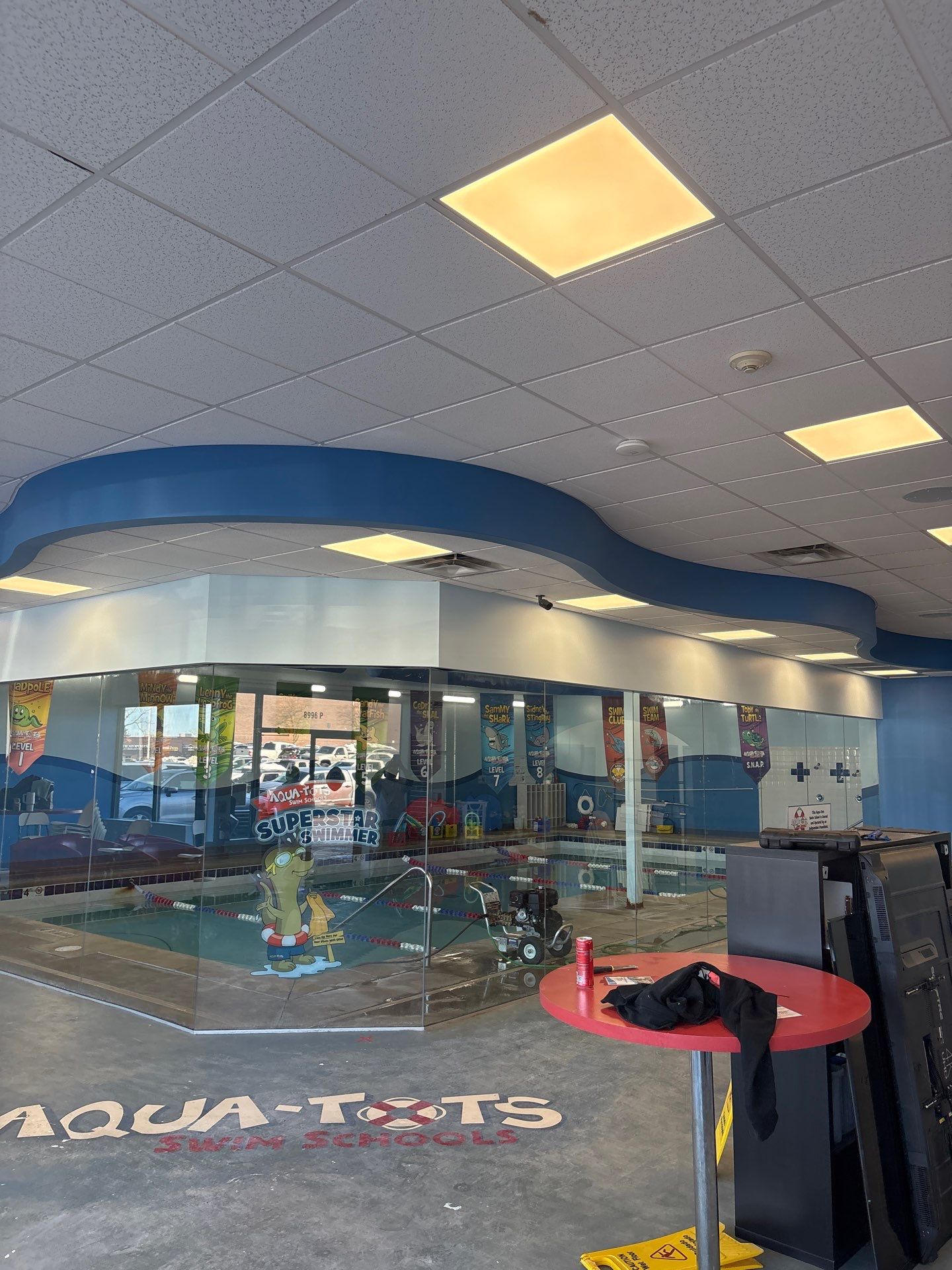Not every paint project is worth starting. A reputable painting contractor sometimes says “no” to protect both the homeowner and the long-term finish. Declining a job is not a refusal of service—it is a safeguard against conditions that guarantee failure, risk safety, or waste money.
When contractors decline, they’re often preventing seven costly mistakes that can cause peeling, structural damage, mold issues, liability risks, and warranty disputes. Understanding these reasons helps homeowners in Parker, CO see the value behind professional standards and how to prepare their home for a successful house painting project.
Key Takeaways
Mistake #1 – Painting Over Structural Damage
Painting over failing surfaces doesn’t solve the problem. Rotten fascia boards, cracked stucco, or deteriorated drywall will continue breaking down beneath the paint. Within months, the new coat bubbles or peels, leaving the homeowner frustrated and back at square one.
A contractor will decline the project until repairs are complete. For example, a client with rotted siding asked if the damage could simply be “painted over.” The answer was no. Professional repairs—using products like Minwax® Wood Filler, Abatron® WoodEpox, or USG Sheetrock® patches—must come first.
Why It Matters
Skipping repairs leads to paint failure and further structural damage. The small cost of fixing surfaces before painting saves thousands later.
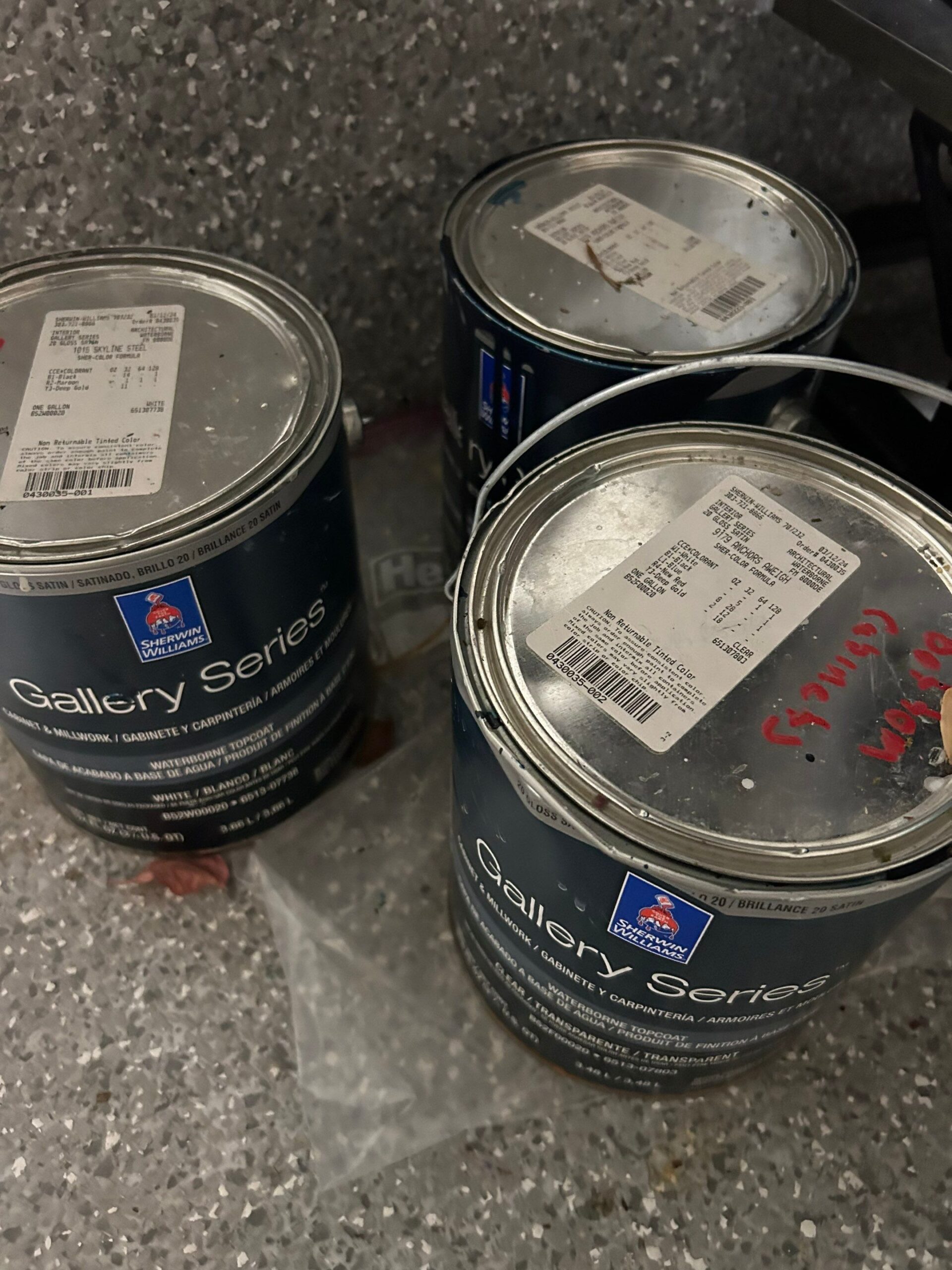
Mistake #2 – Ignoring Lead Paint or Hazardous Surfaces
Any home built before 1978 may contain lead-based paint. Federal law (EPA’s Renovation, Repair, and Painting Rule) requires certified handling of these surfaces. Contractors who ignore this face heavy fines and endanger health.
Some homeowners ask, “Can’t you just paint over the lead paint?” The short answer is no—not without proper encapsulation. Certified contractors use products like INSL-X Lead Block®, HEPA vacuum sanding systems, and containment procedures.
Lead exposure is toxic, especially for children and pregnant women. A professional’s refusal here is about protecting health and avoiding legal liability.
Mistake #3 – Demanding “Cheap” Quick Fixes
Some clients request a quick, low-cost coat with minimal prep. The truth is that cutting corners reduces a project’s lifespan drastically. A one-coat, bargain-paint job may last 1–2 years. A properly prepped and coated project lasts 8–10.
For example, one warehouse owner insisted on skipping primer and wanted “just a single quick coat.” A pro contractor declined. Products like Sherwin-Williams Duration®, Benjamin Moore Aura®, and PPG UltraLast® are designed for longevity but require proper prep and application.
Cheap vs Professional-Grade Paint Results
| Approach | Lifespan | Maintenance Needs | Warranty Eligible? |
|---|---|---|---|
| Cheap paint, one coat | 1–2 years | Frequent repainting | No |
| Premium paint, full prep, two coats | 8–10 years | Low | Yes |
Mistake #4 – Unsafe Working Conditions
Professional crews work under OSHA safety standards. If a project requires steep roof access without fall protection, unstable scaffolding, or unventilated spaces without respirators, a contractor must decline.
No waiver or promise of “I won’t hold you liable” changes the fact that OSHA rules protect both workers and homeowners. Safety equipment—harnesses, guard rails, scaffolding systems, and respirators—is non-negotiable.
Why It Matters
Unsafe conditions risk injury, lawsuits, and halted projects. Refusal ensures both parties avoid disaster.
Mistake #5 – Painting Over Moisture, Mold, or Mildew
Moisture is paint’s worst enemy. If contractors find active leaks, damp basements, or mold, they will stop the project until remediation occurs.
Painting over mold traps spores and worsens air quality. On top of that, moisture prevents adhesion. Within weeks, the coating bubbles or peels. Products like Zinsser Mold Killing Primer®, Drylok® Waterproofing, and Benjamin Moore Aura® Bath & Spa are effective—but only after the source of moisture is corrected.
Mistake #6 – Wrong Timing or Weather Conditions
Weather plays a bigger role than most homeowners realize. Painting during extreme heat, rain, or high humidity causes adhesion failures and improper curing.
A client once pushed for an exterior repaint during Parker’s rainy season. The contractor refused. Even with weather-resistant products like Sherwin-Williams Resilience® or elastomeric coatings, application in active rain or excessive humidity isn’t viable.
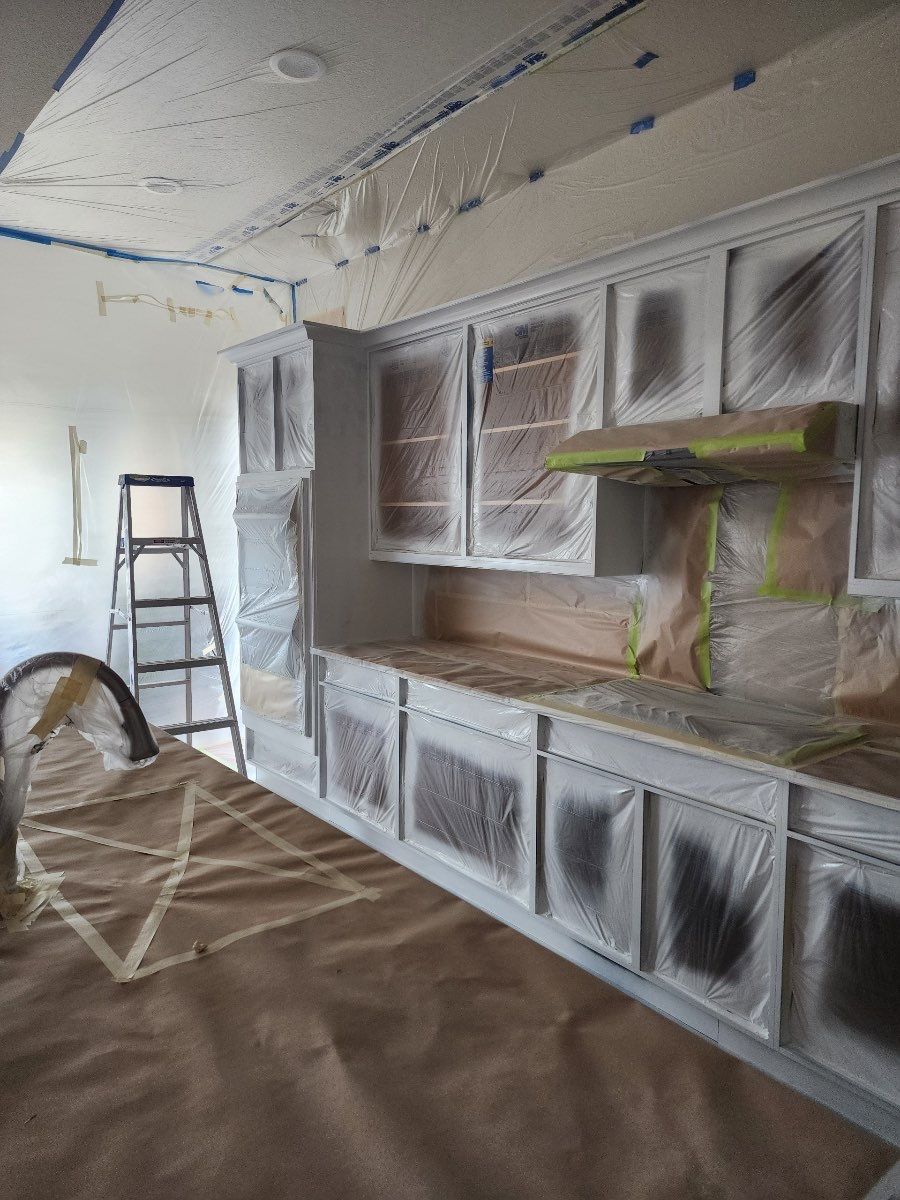
Mistake #7 – Mismatched Expectations and Warranty Issues
Sometimes the project scope conflicts with professional standards. A client may demand fewer coats, skipped primer, or “just cover it fast.” Contractors decline because they cannot warranty results they know will fail.
For example, a homeowner asked for only one coat over dark paint. The contractor explained coverage would be uneven and durability compromised. Without proper application, the job would fail within a year. Professional painters refuse rather than leave the client unhappy.
Why It Matters
Refusal here prevents disputes, warranty issues, and mistrust. Contractors only accept projects they can stand behind.
What Happens If a Contractor Says “No”
When a contractor declines, it benefits the homeowner. Instead of wasting money on a project doomed to fail, the client learns what needs fixing first—whether that’s carpentry repairs, moisture remediation, or better scheduling.
Many reputable painting companies even provide referrals to trusted partners for structural repairs, roofing, or waterproofing. Once conditions improve, painting can proceed successfully.
How to Prepare Your Property to Avoid Rejection
Homeowners in Parker, CO can take proactive steps to ensure their paint project moves forward without issues:
A professional painter may also provide a checklist during estimates, ensuring conditions meet standards before scheduling.
People Also Ask
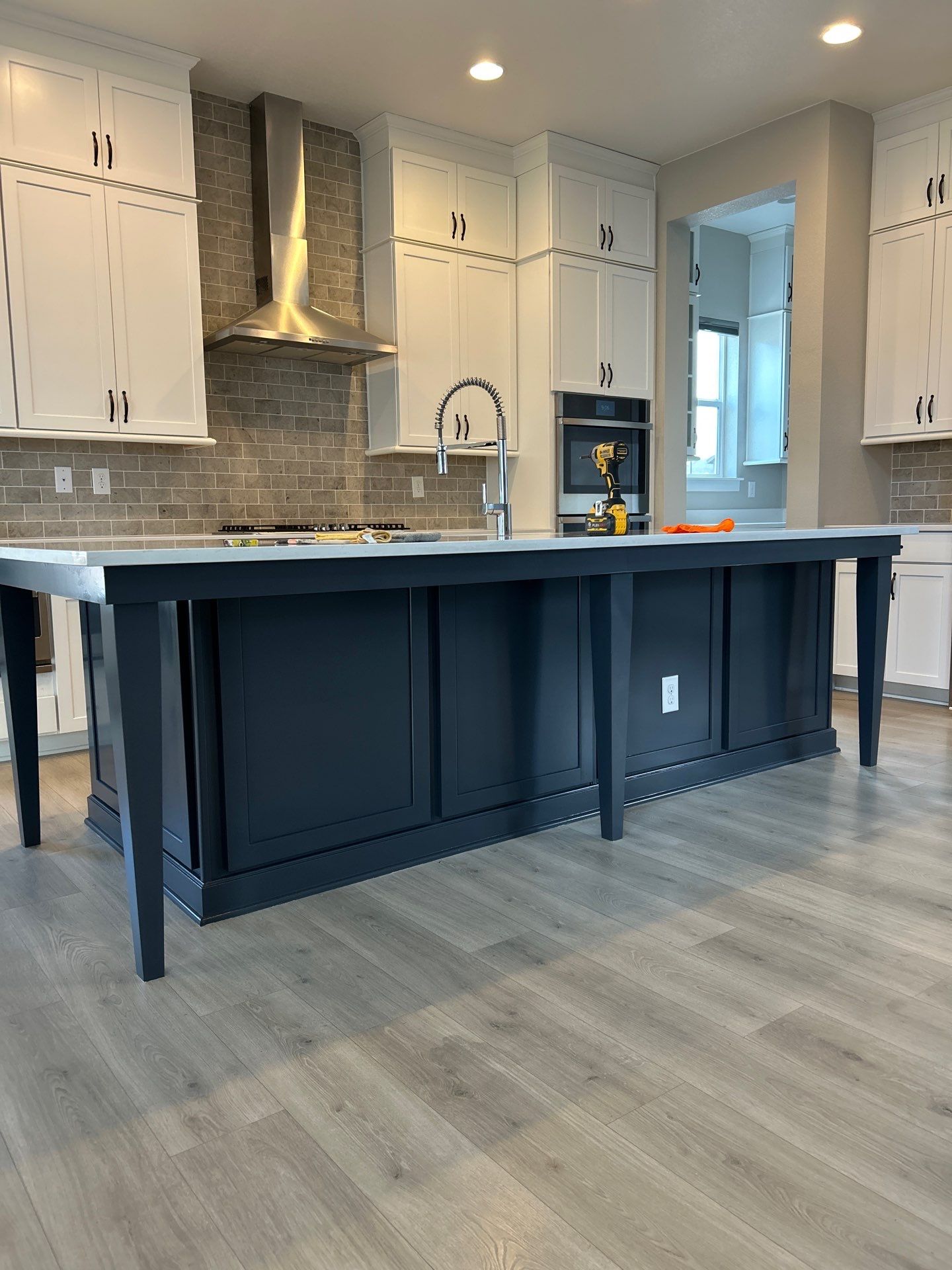
Sometimes “No” Saves You Thousands
A professional’s refusal isn’t rejection—it’s protection. Saying no to unsafe, unwise, or poorly timed projects prevents costly repainting, structural damage, and health risks.
Declining a job may feel inconvenient at first, but it guarantees that when painting does happen, it lasts longer, looks better, and carries warranty protection.
If you’re preparing for a house painting project in Parker, CO, start with a professional consultation. Make sure your surfaces, timing, and budget are ready so your project won’t be declined.
Looking for more preparation tips? See our expert guide on how to paint trim to understand why details matter before the first coat goes on.





